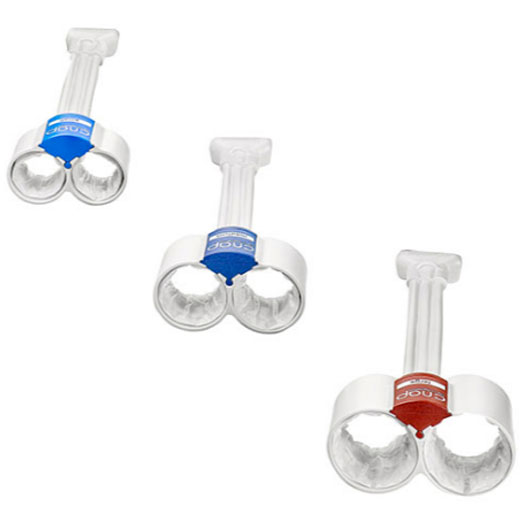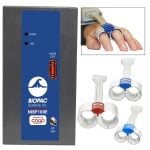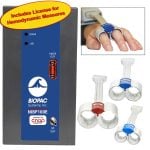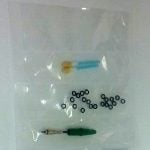Set up as quick as sliding the finger sensor over two neighboring fingers and placing the upper arm cuff. Accurate and immediate feedback shortly after start-up.
The system employs a vascular unloading technique to measure blood pressure at the fingers. A refined version of the Penaz’ principle is used to deliver a continuous noninvasive blood pressure signal. The method is based on concentrically interlocking control loops for accurate long-term readings of finger blood pressure.
Click here for full on-demand NIBP100E training
Part #: RXNIBPEFINGER-L, RXNIBPEFINGER-M, RXNIBPEFINGER-S







Stay Connected